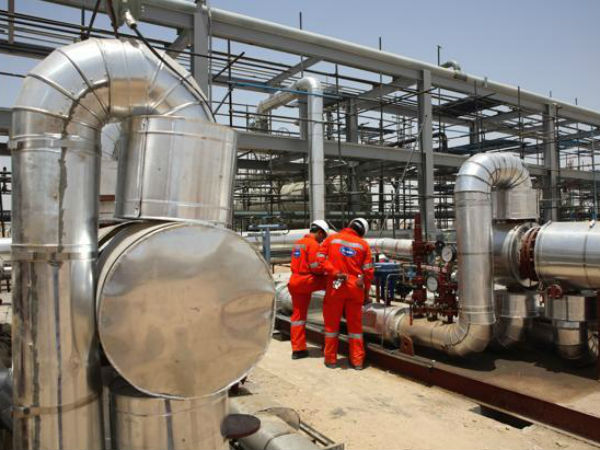Dependency on oil imports surpasses 88% in April–July due to rising demand and stagnating output
9.5 million tonnes of petroleum products were produced from domestic crude oil between April and July, indicating a decrease in India’s crude oil self-sufficiency to just 11.7% from 12.2% during the same period last year.
In the first four months of the current fiscal year, India’s reliance on imported crude oil to cover its domestic consumption demands increased to over 88% as a result of the country’s faltering domestic oil output and growing demand for fuel and other petroleum products. According to the most recent information available from the Petroleum Planning & Analysis Cell (PPAC) of the oil ministry, the country’s reliance on oil imports increased to 88.3% in April–July from 87.8% in the same period last year and for the entire fiscal year 2023–24 (FY24).
India’s energy consumption has been rapidly growing, which has increased the country’s reliance on imported petroleum and increased oil imports. Over the previous few years, there has been a steady increase in reliance on imported oil, with the exception of FY21, when the COVID-19 pandemic dampened consumption. The percentage of the nation that relied on oil imports was 878.8% in FY24, 874.4% in FY23, 85.5% in FY22, 84% in FY21, 85% in FY20, and 83.8 % in FY19.
Beyond its impact on the rupee’s exchange rate, inflation, trade deficit, and foreign exchange reserves, India’s economy is very susceptible to fluctuations in the world oil price due to its heavy reliance on imported crude oil. The primary impediment to the government’s goal of reducing India’s dependency on imported crude oil is the country’s slowing oil output relative to the country’s steadily rising need for petroleum products.
Based on PPAC data, India’s imports of crude oil increased to 81.6 million tonnes in April–July from 79.7 million tonnes in the same period last year. Due to the comparatively higher prices of oil on the global market, the growth was even more significant in terms of value. In the first four months of FY25, the nation’s gross oil import bill increased by about 17% year over year to $49 billion from $41.9 billion.The largest impediment has been the demand for petroleum products.
The administration set a goal in early 2015 to decrease the country’s 77% reliance on oil imports in 2013–14 to 67% by 2022, but since then, the dependency has only increased. Reducing expensive oil imports is a top priority for the government, which has implemented several policy initiatives to encourage investment in India’s exploration and production of oil and gas.The largest obstacle has been the products.
One of the main goals of the government’s drive for electric vehicles, biofuels, and other alternative fuels for industry and transportation is lowering oil imports. In recent years, the government has also increased its efforts to increase the quantity of crude oil produced domestically by offering large acreages for oil and gas development and by increasing the profitability of contracts for exploration and production. Although the use of electric vehicles and the blend of biofuels with conventional fuels has increased, these developments are insufficient to counteract the rise in the demand for petroleum products.
The amount of import dependency is calculated using the amount of petroleum products consumed domestically; exports of petroleum products are not included in the calculation since they do not accurately reflect India’s need. India, the world’s third-largest consumer of crude oil and one of its top importers, has a refining capacity of almost 257 million tonnes annually and is a net exporter of fuels and other petroleum products. However, it is prohibited for India to export crude oil.
India’s domestic petroleum product consumption increased 4.8% year over year to 80.9 million tonnes in April–July, indicating strong demand, especially for transportation fuels like gasoline and diesel. The amount of crude oil produced domestically during the first four months of FY25 was 9.7 million tonnes, slightly less than the 9.8 million tonnes produced during the same period previous year.
9.5 million tonnes of petroleum products were produced from domestic crude oil between April and July, indicating a decrease in India’s crude oil self-sufficiency to just 11.7% from 12.2% during the same period last year. 9.4 million tonnes of petroleum products made from domestic crude oil were consumed between April and July of last year, out of a total of 77.2 million tonnes consumed domestically.





























